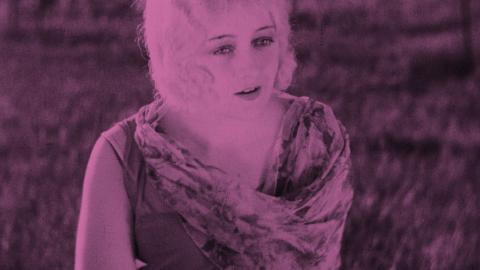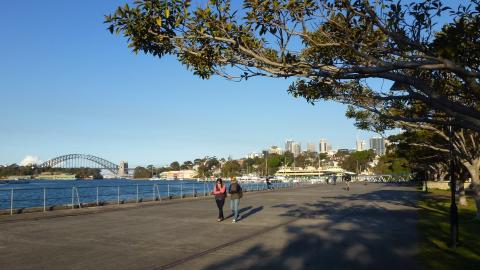
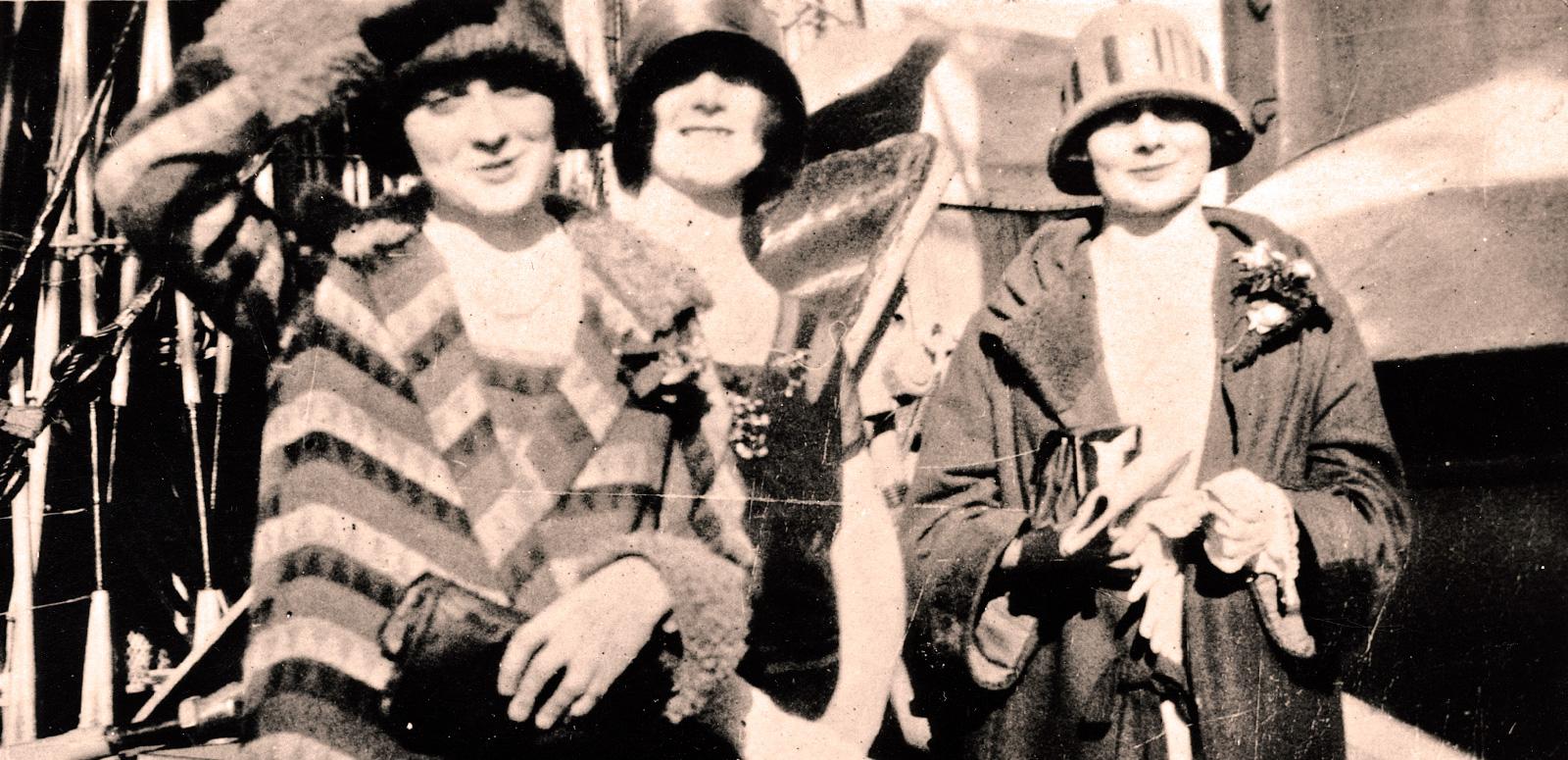
The McDonagh Sisters
The McDonagh Sisters: Early Australian Female Filmmakers
This collection celebrates the work of the McDonagh sisters. In the 1920s, they became the first women to own and operate a film production company in Australia.
Paulette (1901–1978) wrote and directed the films, while Phyllis (1900–1978) was art director and publicist, and Isabel (1899–1982) played lead roles under her stage name Marie Lorraine.
In a film landscape that was heavily dominated by men and mostly featured films set in the bush, the sisters carved their own niche.
They enjoyed critical and box-office success with their 1920s silent features before Paulette directed some notable short documentaries in the 1930s.
With the work of female filmmakers now gaining increased recognition around the globe, we highlight these Australian pioneers through documents, photographs and video and audio clips of their work.
Main image: Isabel, Paulette and Phyllis McDonagh on board a ship. Sydney, late 2920s. NFSA title: 354132.
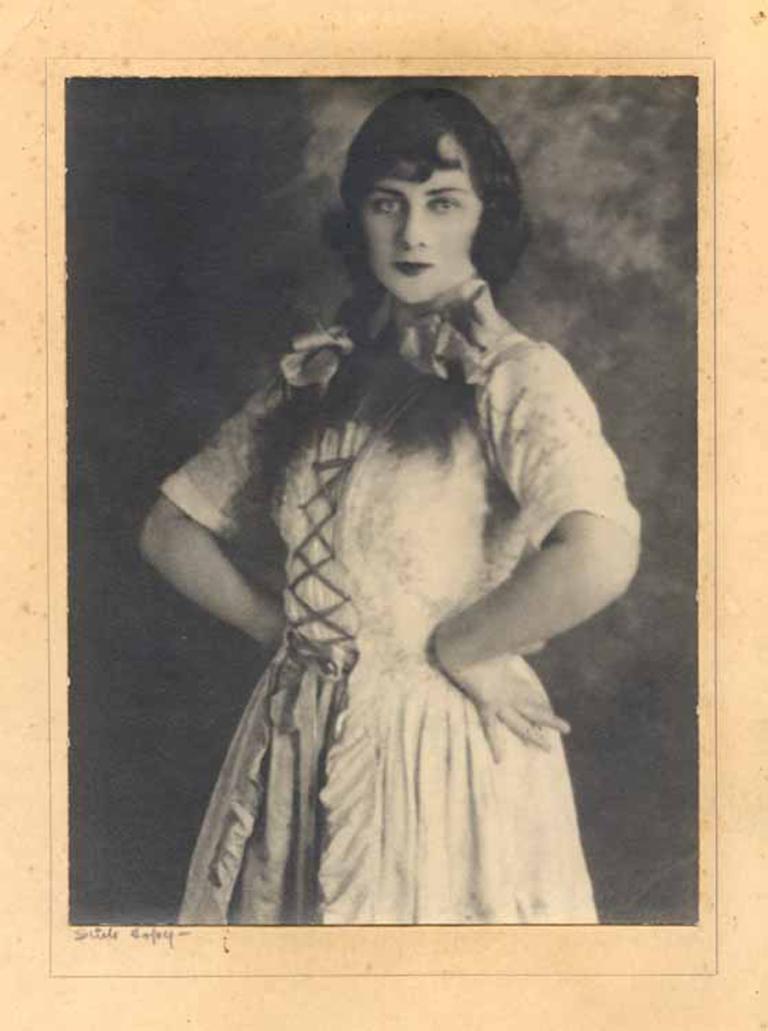
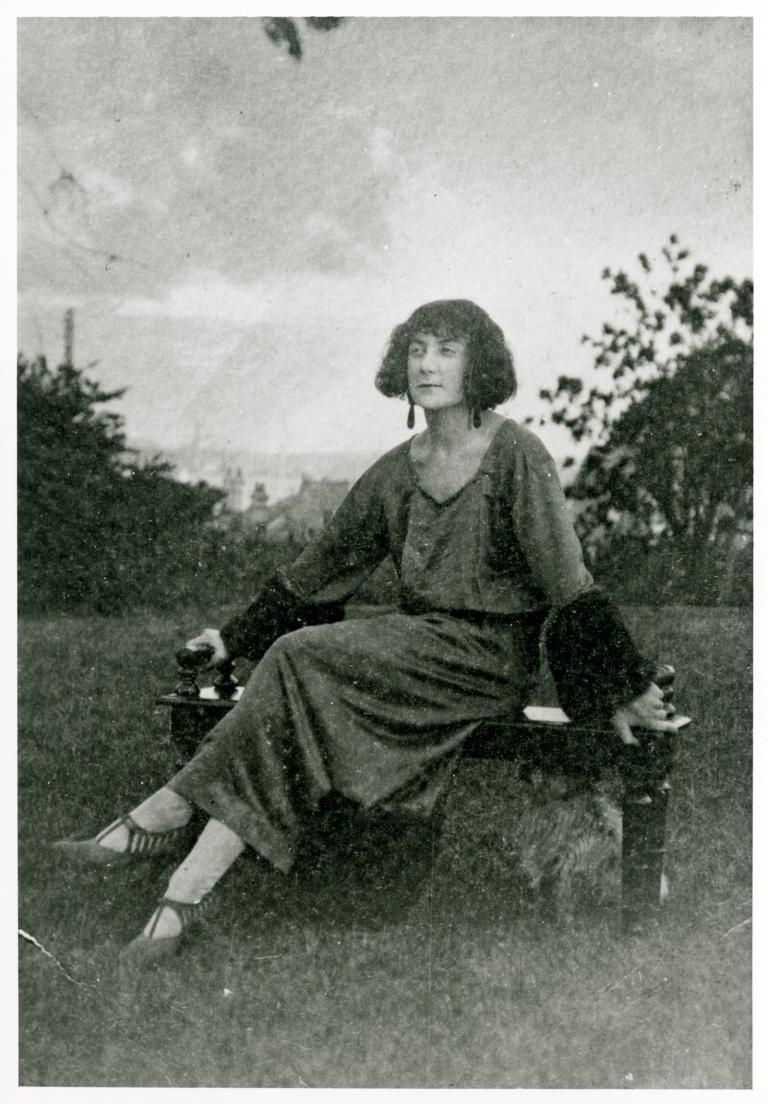
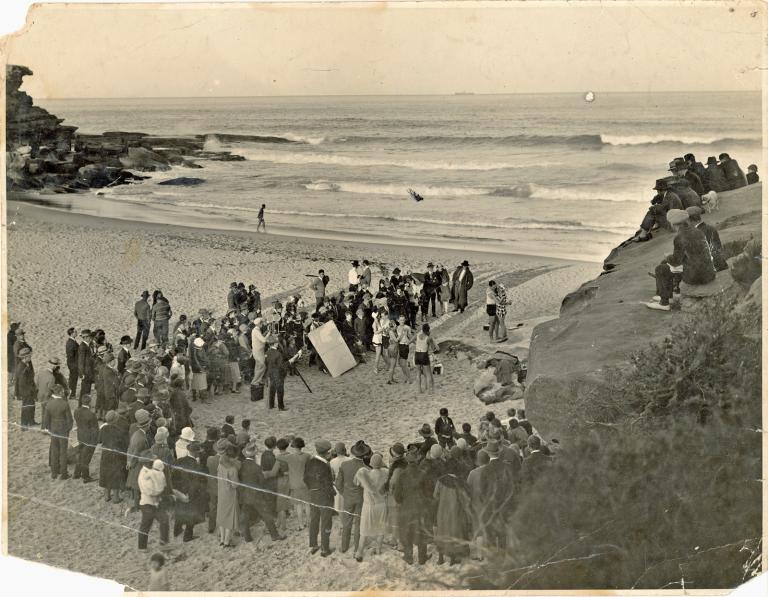

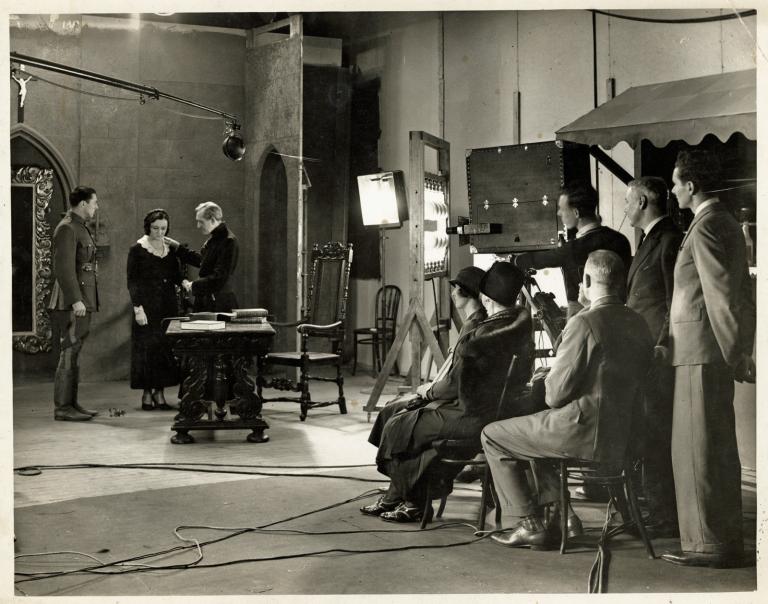
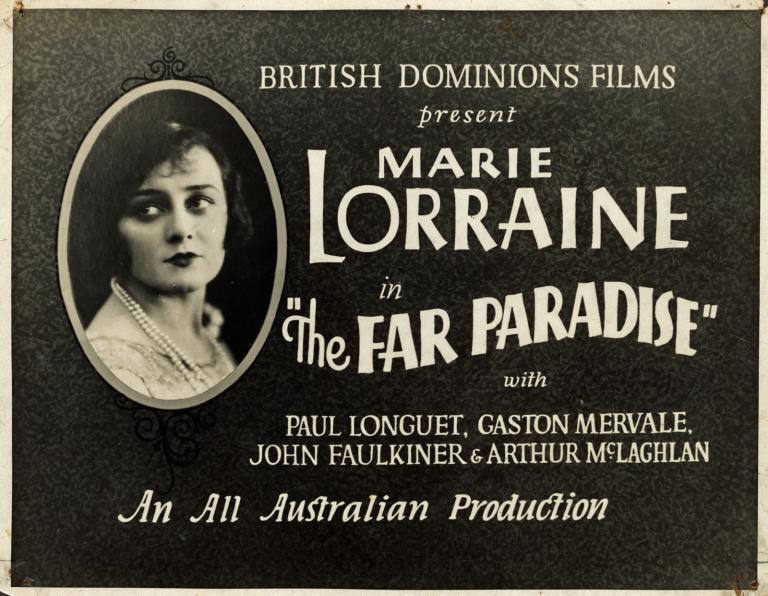
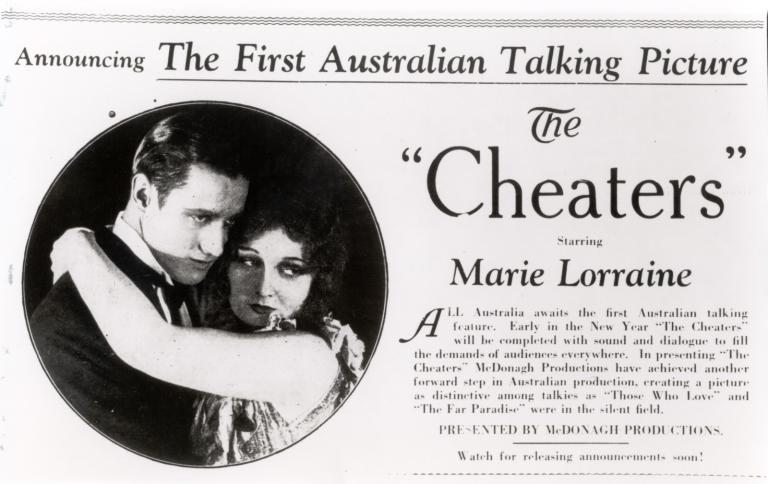
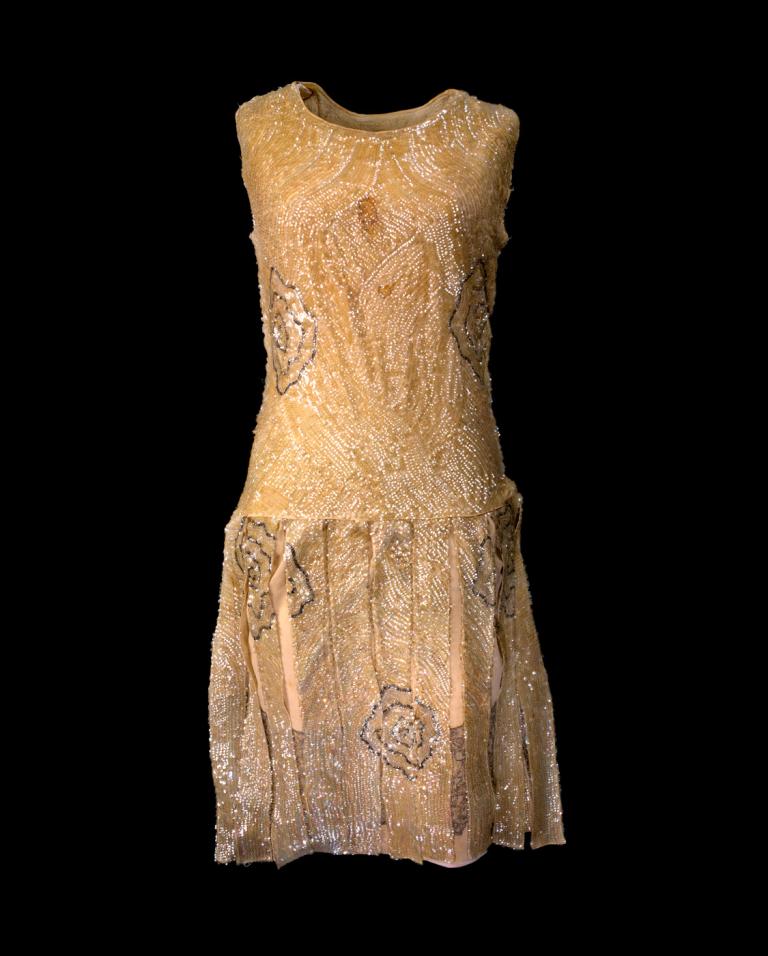
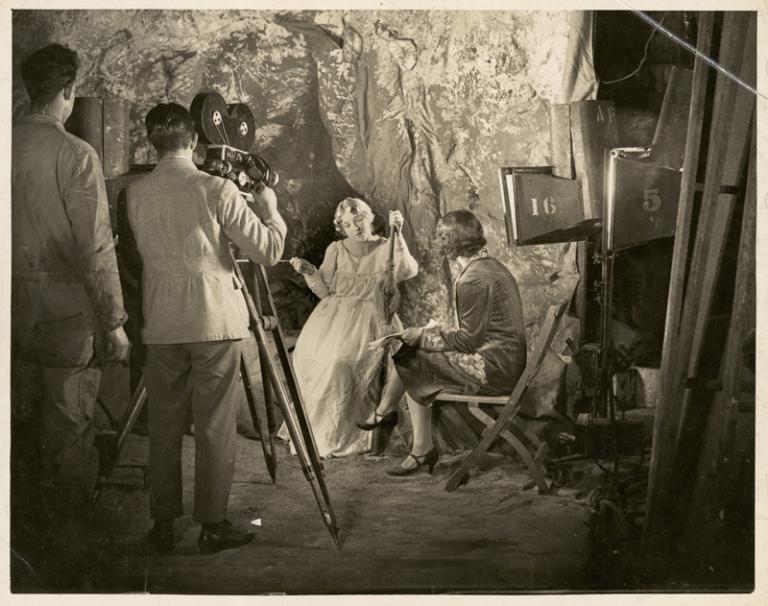
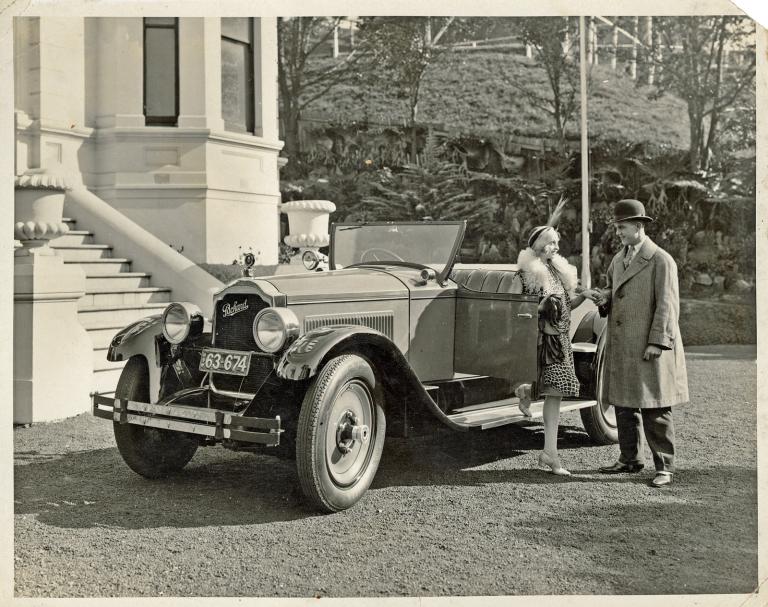
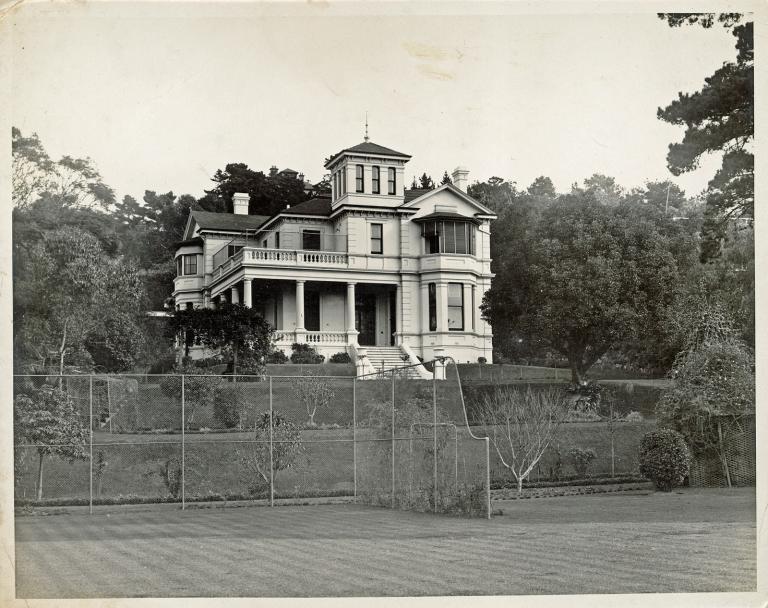
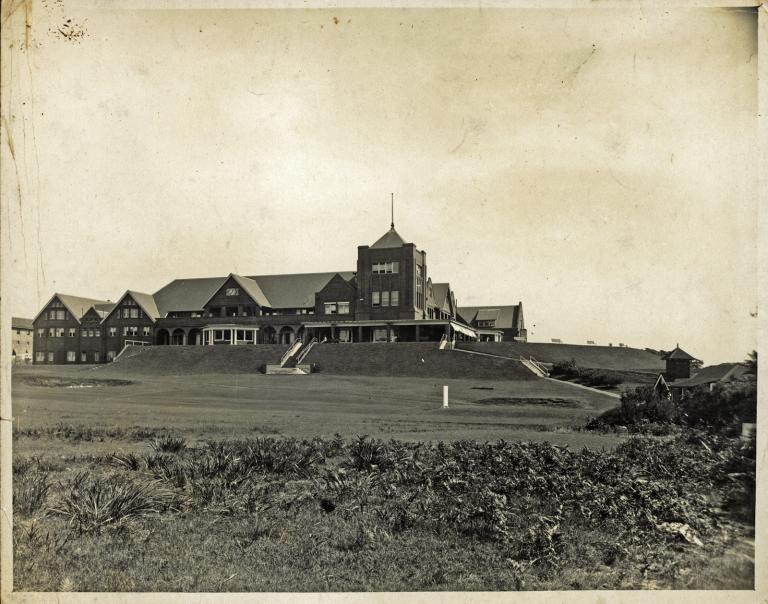
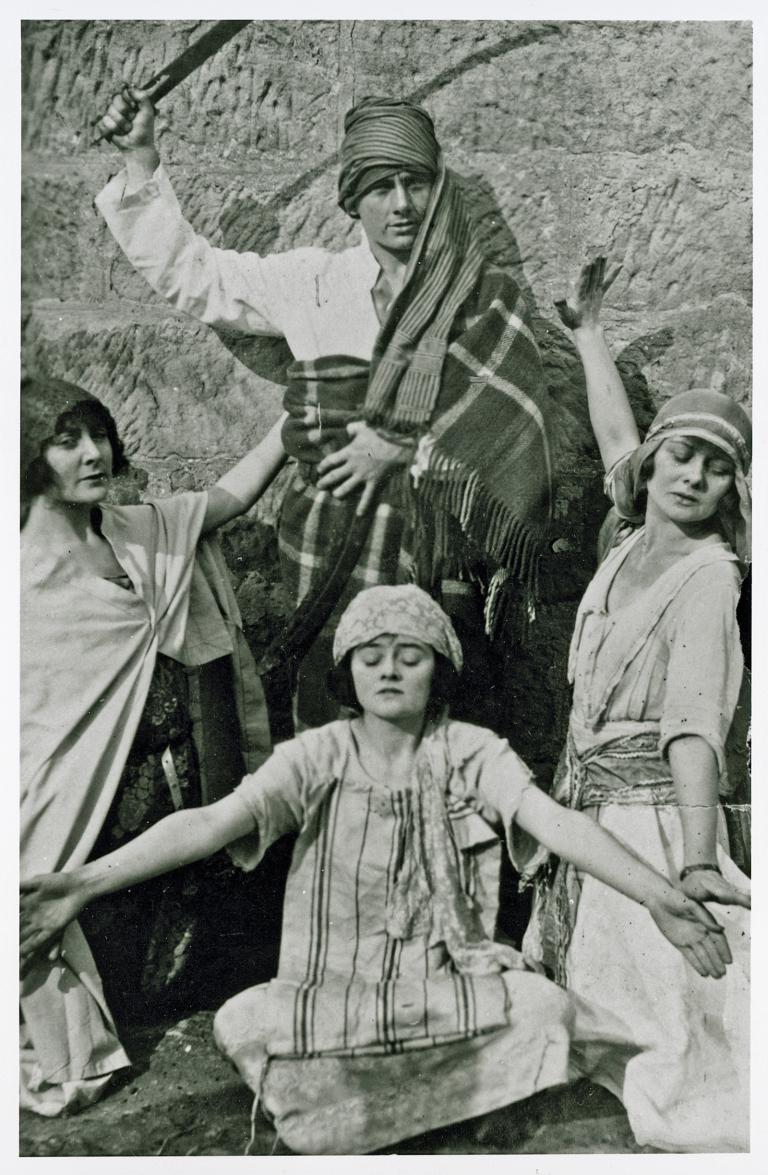
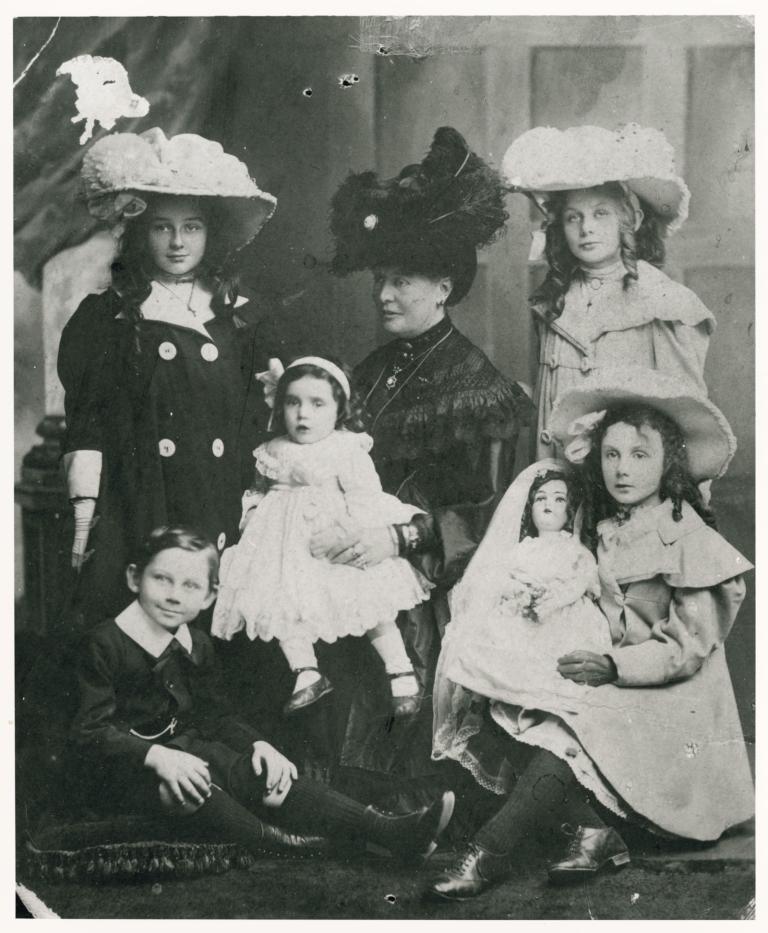
The National Film and Sound Archive of Australia acknowledges Australia’s Aboriginal and Torres Strait Islander peoples as the Traditional Custodians of the land on which we work and live and gives respect to their Elders both past and present.
